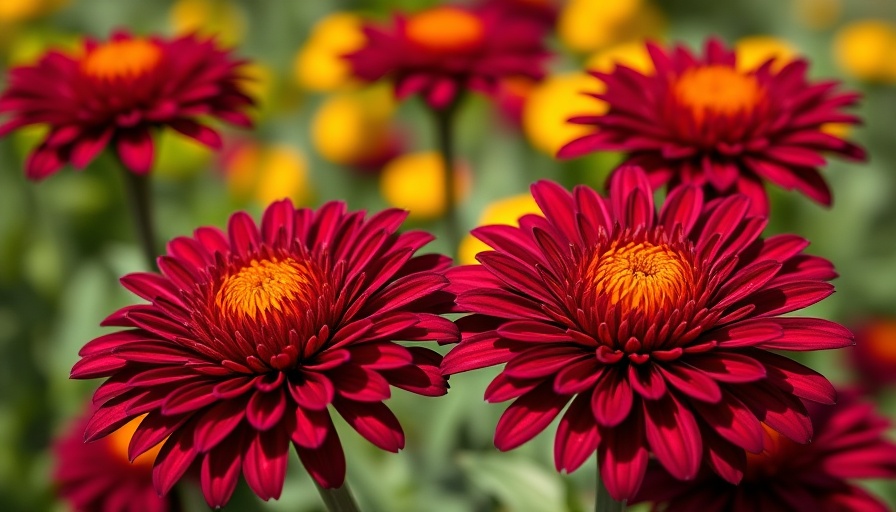
A Timeless Beauty: The Strawflower
Imagine strolling through a garden alive with vibrant colors, where flowers seem to dance in the gentle breeze. One flower that stands out in this picturesque scene is the strawflower. Often referred to as Xerochrysum bracteatum, this delightful bloom is not only beautiful but also extremely versatile. Known for their papery texture and stunning ability to dry without losing vibrancy, strawflowers have enchanted gardeners, florists, and those who appreciate the art of crafting. This article explores how to successfully grow strawflowers while emphasizing their value in both fresh arrangements and as charming dried decorations.
Essential Tips for Growing Strawflowers
Understanding the unique requirements of strawflowers is key to cultivating a stunning display. Here are crucial tips to ensure a flourishing strawflower garden:
- Fresh Seeds: Strawflower seeds are notoriously finicky when it comes to storage. For optimal germination, purchase new seeds each year. Aging seeds can severely affect growth rates.
- Light Requirements: Strawflowers thrive in sunlight, so it’s essential to surface sow the seeds. They’ll need ample light to germinate effectively.
- Pinching for Growth: During the growth phase, pinching the tops of the plants can promote bushier growth with more flowers. It's said to encourage additional 4-6 branches, resulting in a fuller floral display.
- Harvest Timing: To preserve their beauty when dried, harvest strawflowers just as the first 2-3 layers of bracts begin to open. This strategy ensures you capture their vibrant colors before they begin to fade.
Starting Strawflower Seeds Indoors
While it’s possible to sow strawflower seeds directly outdoors, starting them indoors yields a higher germination success rate. Begin by planting seeds indoors about 6-8 weeks before the last frost. Use seed trays or small pots with well-draining soil to facilitate growth. A warm, sunny location or a grow light can significantly improve results. As they grow, nurture them with regular watering but avoid over-saturating the soil.
Maximizing Your Harvest
Strawflowers can make for stunning cut flowers, enhancing bouquet arrangements with their unique texture and long-lasting beauty. To maximize your harvest, space your plants adequately and maintain consistent watering schedules. Once harvested, strawflowers can provide a lasting beauty that brightens up any indoor space, especially when mixed with other dried flowers for crafting.
Creating a Dried Flower Display
The dried strawflower is a cherished component of floral arrangements, particularly in the crafting community. Dried bouquets can accentuate rustic decor, while also being utilized in wreaths, garlands, and centerpieces. Their impressive ability to maintain their color makes them a popular choice for year-round decorations.
The Wonders of Strawflowers in the Ecosystem
Another great advantage of growing strawflowers is their environmental impact. Not only are they visually pleasing, but they also attract beneficial pollinators like bees and butterflies, helping to sustain the local ecosystem. Given their low maintenance needs and deer resistance, they are an excellent choice for gardeners looking to enhance their gardens while supporting wildlife.
Conclusion: Include Strawflowers in Your Garden
Concluding, strawflowers are an exceptional addition to any garden, whether for their striking beauty or their utility in crafting and floral arrangements. By following the simple growing tips outlined above, you can cultivate a healthy crop that brings the joy of color and creativity to your home. Strawflowers embody the spirit of gardening—a blend of hard work, patience, and the joy of reaping what you sow. So why not start your journey with strawflowers today? They may just become your new favorite flower!
As you embark on your gardening journey, don't forget to explore more about gardening tips, plant care techniques, and vegetable gardening projects to deepen your understanding and enjoyment of home gardening.
 Add Row
Add Row  Add
Add 




Write A Comment